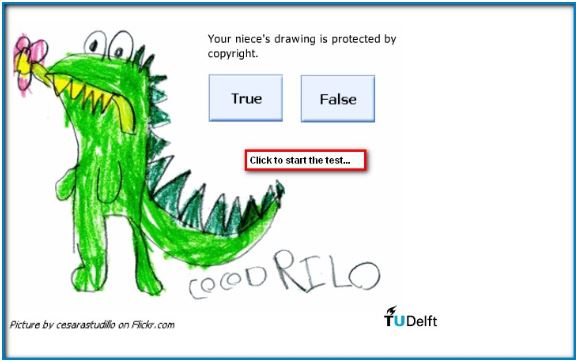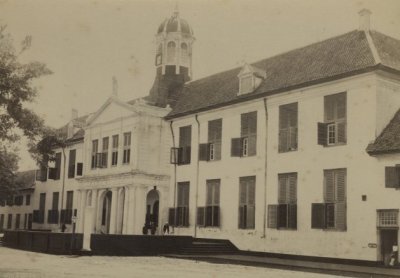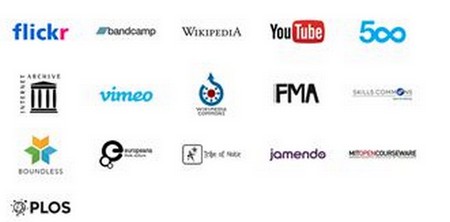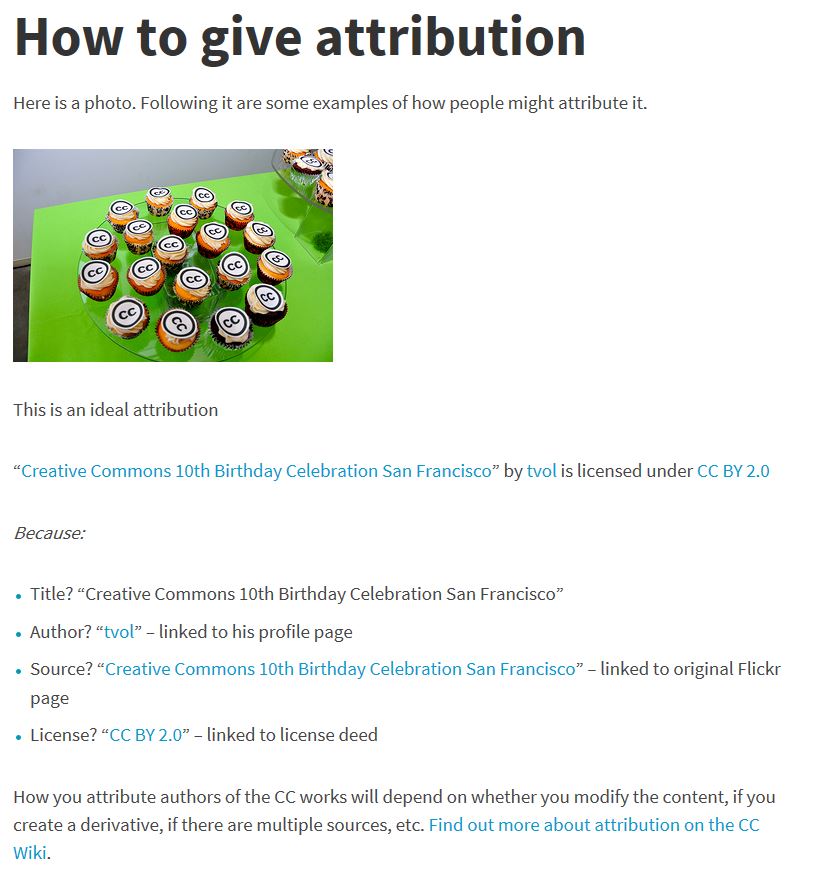Copyright
On this page
How to obtain and keep copyright
Using copyrighted work
Share your work with Creative Commons
Use & remix CC-licensed work
Relevant links
References
When you create something, you want the credit for your work. On the other hand when you use someone else’s work, it’s only fair to give credit to the creator(s). It’s important that you know exactly how to do this correctly, and it’s also important to know how to protect your own published work.
Copyright was not created to make your research more difficult, but to protect your rights as an (potential) author!
It is the right:
- to be credited for an original work.
This right is not transferable and lasts forever! - to adapt, use, copy or sell an original work.
This right can be wholly or partly transferred (e.g. to a publisher), sold or inherited. In the Netherlands it lasts for 70 years after the creator’s death.
How to obtain and keep copyright
- You do not have to do anything to obtain copyright, such as a registering process or putting a copyright symbol (©) or statement in your work. It must be clear that you wrote or produced the work yourself.
- Publishers may ask you to sign a copyright transfer agreement before your work will be published. Negotiate about the possibilities, for instance the right to reuse your article for inclusion in a book or to file the article in a repository. On the SHERPA/RoMEO website and/or the journal’s website you can check the copyright and self-archiving policies of a journal or publisher.
For more information about copyright, see Copyright (Library website)
Using copyrighted work
When using someone else’s work work follow these rules:
- Cite or paraphrase text from articles, books, papers, websites, lectures and e-mails correctly. See module How to cite to learn how to do this.
- Attribute copyrighted work in the manner specified by the creator of the work. In many works this is clearly mentioned. In some cases you will need to contact the creator to ask permission to use or reuse the work.
If a work is in the public domain (from 70 years after the death of the maker of a work if the copyright holder is a physical person, or after the year of the first publication if the copyright holder is a legal person), you don’t have to ask for permission but you have to mention that it belongs to “the public domain”.
-
You have to ask for permission from the copyright holder to reproduce an image, photo, table, or figure, except in the following cases:
- If the image has a creative common license
- If the image is in the public domain
- If tables and figures from academic sources are for educational use or non-commercial research only. In this case, mention the author and the publisher as copyright holders.
- If you bought the license of a photo from a stock photography website. You do not need to mention the website, but give credits to the creator/copyright holder depending on what the license you bought states.
- If you use clip art from a free clip art website.
- If you stick to the rules of “fair use” (non-commercial use; only educational or academic use; use of just a small part of the original work; use only what is necessary).
For more information about formatting image references, see How to cite
Share your work with Creative Commons
When you want to publish Open Access Creative Commons (CC) helps you legally share your work. CC provides free copyright licenses to give the public permission to share, use or remix your work on conditions of your choice.
CC provides two options to help you choose the right license.
The first option is a ‘License Chooser’. By answering a few questions you will receive a piece of HTML code that the creators of works, their users, and the Web itself can understand. On the CC website you can find information about the licensing possibilities.
This table summarizes the main licenses
| License | Symbol | Description |
|---|---|---|
| By attribution | You may copy, distribute or remix the work as long as you give the author the credits. | |
| Non-Commercial | You may use the work for non-commercial purpose only. | |
| Share Alike | You may only distribute the work under the same Creative Commons license. | |
| No Derivative | You may not alter, transform, build upon or, remix the work without permission. |
Example
| Creative Commons license from this TUlib website by TU Delft Library | Flickr picture by TU Delft Library taken by Iliana Kudus | Flickr picture taken by Douglas Johnston (linked to his profile page) |
|---|---|---|
|  | 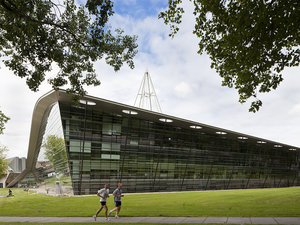 |
 |  |  |
| Source: TUlib | Source:http://www.flickr.com/photos/ tudelftlibrary/2858441585 | Source: https://www.flickr.com/photos/ hawktrainer/216209415/ |
| V | V | V |
| X | X | V |
| V | V | X |
| X | V | V |
The second option is to adopt a license by sharing your work on a platform that works with CC licenses. They have built-in CC options so you can mark your work with a CC license through their account settings. The benefit is that it allows other people to find your work when searching on those platforms for CC-licensed material.
These are platforms that work with CC licenses
Use & remix CC-licensed work
Millions of people have made their work available online with the CC licenses. The creators gave their permission so you can use it as long as you follow their license conditions. Attribution is the most important one of these conditions. How you attribute authors of CC works will depend on whether you modify the content, if you create a derivative, if there are multiple sources, etc.
Source: Creative Commons.
Find out more about attribution on the CC Wiki.
Relevant links
Copyright (Library website)
Fraud and Plagiarism (Student portal)
Code of Ethics TU Delft
Netherlands Code of Conduct for Research Integrity
References
Creative Commons. (2018, July 9). Best practices for attribution. https://wiki.creativecommons.org/wiki/Best_practices_for_attribution
Lee, C. (2016, January 21). Navigation copyright for reproduced images: Part 1. Understanding copyright status. http://blog.apastyle.org/apastyle/2016/01/navigating-copyright-part-1.html
Lee, C. (2016, January 22). Navigation copyright for reproduced images: Part 2. Determining whether permission is needed. http://blog.apastyle.org/apastyle/2016/01/navigating-copyright-part-2.html
Lee, C. (2016, January 25). Navigation copyright for reproduced images: Part 3. Securing permission. http://blog.apastyle.org/apastyle/2016/01/navigating-copyright-part-3.html
